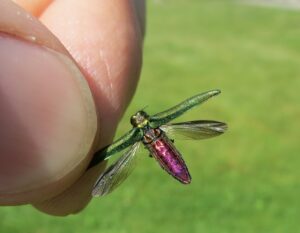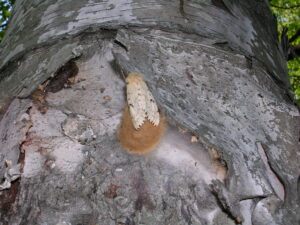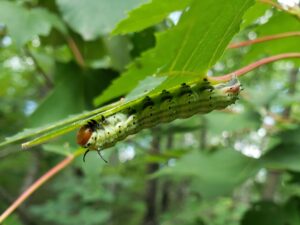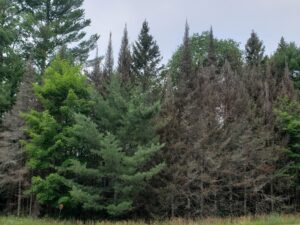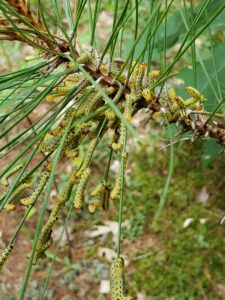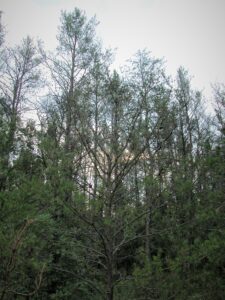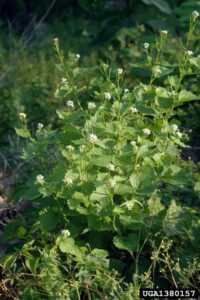
Chris Evans, University of Illinois, Bugwood.org
The Village of Gays Mills is teaming up with the Wisconsin First Detector Network (WIFDN) and Extension to host a virtual workshop on invasive plants. Titled “Invasive Plants: Know Them, Control Them,” the workshop will take place on zoom on September 30th from 9 am-10:30 am.
The workshop will provide you with the basic information needed to recognize and manage invasive plants common – or coming – to western Wisconsin. Presenters include Anne Pearce, WIFDN Coordinator, and Dr. Mark Renz, Professor and Extension Weed Specialist, UW-Madison. Here is the agenda:

 Cities, villages, towns, counties, tribes and 501(c)(3) nonprofit organizations in, or conducting their project in, Wisconsin are encouraged to apply for a regular or startup 2021 Department of Natural Resources Urban Forestry Grant! The grants range from $1,000 to $25,000, and grant recipients must match each grant dollar for dollar. A startup grant of up to $5,000 is available for communities that want to start or restart a community forestry program. Grants are awarded to projects that align with state and national goals for increasing the urban forest canopy and the benefits it provides. Also available this grant cycle is an additional $175,000 in federal funding to be used for ash tree removals and replacements. EAB treatment will not be funded with these additional monies. Applications can be submitted starting July 1, 2020 until October 1, 2020.
Cities, villages, towns, counties, tribes and 501(c)(3) nonprofit organizations in, or conducting their project in, Wisconsin are encouraged to apply for a regular or startup 2021 Department of Natural Resources Urban Forestry Grant! The grants range from $1,000 to $25,000, and grant recipients must match each grant dollar for dollar. A startup grant of up to $5,000 is available for communities that want to start or restart a community forestry program. Grants are awarded to projects that align with state and national goals for increasing the urban forest canopy and the benefits it provides. Also available this grant cycle is an additional $175,000 in federal funding to be used for ash tree removals and replacements. EAB treatment will not be funded with these additional monies. Applications can be submitted starting July 1, 2020 until October 1, 2020.
